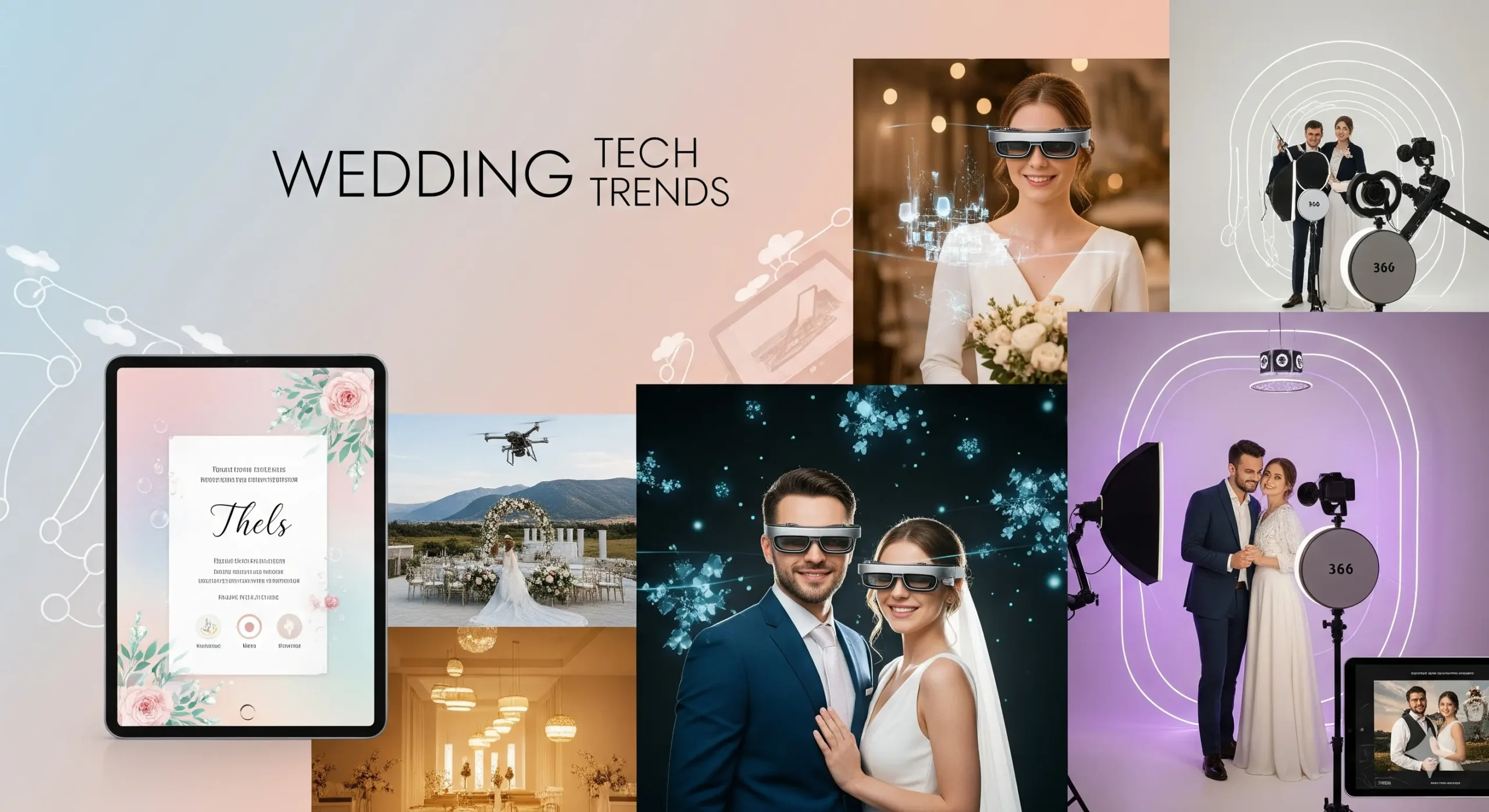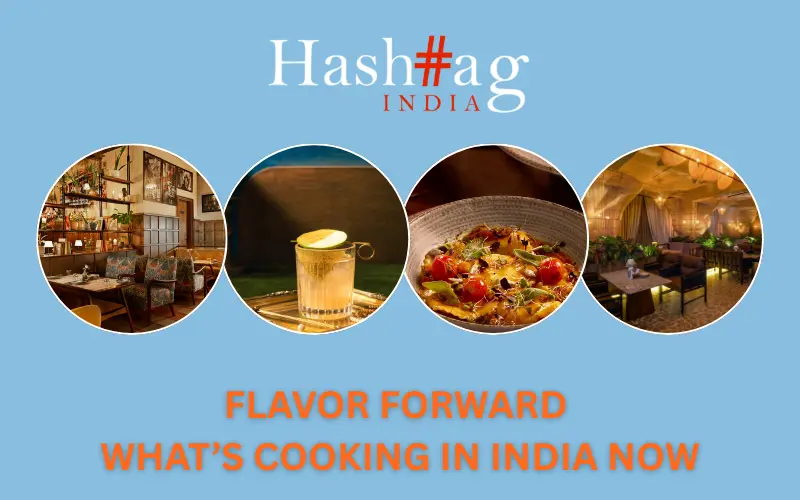India, a land deeply rooted in agriculture, stands at the cusp of a transformative era. The traditional image of a farmer toiling under the sun is rapidly evolving, thanks to the surge in technological innovations. As we look towards the future in agriculture in India, it’s clear that technology is not just an add-on, but a vital part for sustainable growth and prosperity. From smart irrigation to AI-powered crop monitoring, these advancements are reshaping the landscape, offering a new hope and opportunities for the backbone of our nation. Dhanush Kumar delves into how tech innovations for farmers in India are paving the way for a brighter agricultural future.
The heart of India beats in its villages, and the lifeblood of these villages is agriculture. However, the challenges faced by Indian farmers are immense. They have to face unpredictable weather patterns, water scarcity, pest infestations, and market rates. These hurdles have long hindered the potential of Indian agriculture. But, with the advent of cutting-edge technologies, a new damn is breaking, promising a more efficient sustainable, and profitable future.
One of the most significant advancements is the integration of precision agriculture. This involves using sensors, drones, and satellite imagery to collect real-time data on soil health, crop growth, and weather conditions. This data is analyzed to provide farmers with actionable insights, enabling them to make informed decisions about irrigation, fertilization, and pest control. For example, smart irrigation systems utilize soil moisture sensors and weather forecasts to deliver water only when and where it’s needed, conserving precious water resources and minimizing wastage. This is crucial in a country where water scarcity is a growing concern.
Drones are also playing a important role in revolutionizing farming practices. They can be used to monitor large fields, identify crop diseases, and even apply pesticides and fertilizers with precision. This not only reduces the need for manual labor but also minimizes the environmental impact of chemical applications. The ability to quickly assess crop health and identify potential farmers allows farmers to take timely action, preventing significant losses. When looking at the future agriculture in India, the implementation of drones is a strong factor.
Artificial Intelligence and machine learning are further transforming the agricultural landscape. AI-powered platforms can analyze vast amounts of data to predict crop yields, identify disease outbreaks, and provide personalized recommendations to farmers. These platforms can also connect farmers with markets, enabling them to get fair prices for their produce. Mobile apps are another game-changer. These apps provide farmers with access to real-time information on weather forecasts, market prices, and best farming practices. They also facilitate communication between farmers, experts, and suppliers, creating a more connected and supportive agricultural ecosystem.
The future of agriculture in India also hinges on the adoption of sustainable farming practices. Organic farming, hydroponics, and vertical farming are gaining popularity, offering alternatives to traditional farming methods. Hydroponics, for example, allows crops to be grown in nutrient-rich water solutions without soil, conserving water and reducing the need for pesticides. Vertical farming, on the other hand maximizes land use by growing crops in stacked layers, making it ideal for urban and peri-urban areas.
Furthermore, the introduction of biotechnology and genetic engineering is opening up new possibilities for crop improvement. Genetically modified crops can be developed to be more resistant to pests, diseases, and harsh weather conditions, ensuring food security and reducing crop losses. However, it’s essential to ensure that these technologies are used responsibility and with proper regulatory oversight.
The role of agricultural startups and entrepreneurs cannot be overlooked. They are developing innovative solutions to address the challenges faced by Indian farmers. From developing affordable farm machinery to creating sustainable packaging solutions, these startups are driving the adoption of latest innovations in agriculture. Their agility and innovative spirit are crucial for accelerating the pace of technological adoption in the agricultural sector.
Access to credit and financial services has been challenge for small and marginal farmers. Agri-fintech startups are bridging this gap by offering instant loans, crop insurance, and digital payment solutions. Platforms like Samunnati and Ja Kisan use AI to assess farmer’s creditworthiness and provide financial support without lengthy paperwork.
Mechanization is transforming Indian agriculture by reducing dependency on manual labor. Self-driving tractors, robotic weeders, and automated harvesters are helping farmers increase efficiency and reduce operational costs. Companies like Mahindra & Mahindra are developing smart tractors with GPS and AI capabilities to enhance productivity.
The government is also playing a significant role in promoting the adoption of technology in agriculture. Initiatives like National Mission for Sustainable Agriculture and the Pradhan Mantri Kisan Samman Nidhi are providing financial support and technical assistance to farmers. The government is also investing in research and development to develop new technologies and solutions for the agricultural sector.
Challenges and the Road Ahead
While technology is revolutionizing Indian agriculture, several challenges remain:
- High Initial costs: Many small-scale farmers struggle to afford advanced agricultural technologies
- Lack of Digital Literacy: Farmers need training and awareness to use smart farming tools effectively.
- Infrastructure Gaps: Poor interest connectivity and logistics in rural areas hinder seamless technology adoption.
To address these challenges, collaborations between the government, private sector, and agricultural institutions are essential. Providing subsidies, training programs, and affordable access to technology will ensure that even small and marginal farmers can benefit from these advancements.
Conclusion
The future of Indian agriculture is undoubtedly tech-driven. Innovations in precision farming, AI, blockchain, robotics, and digital marketplaces are empowering farmers to overcome challenges and enhance productivity. As technology adoption increases, Indian agriculture is set to become more sustainable, profitable, and resilient. By embracing these innovations, farmers can not only secure their livelihoods but also contribute to the nations’ food security and economic growth.
































